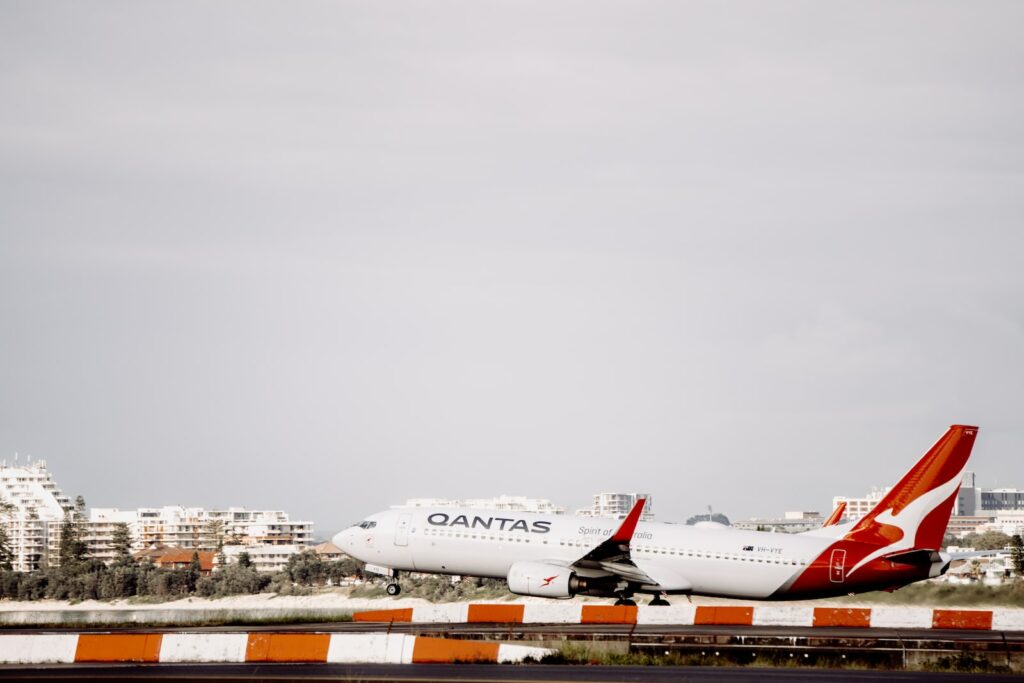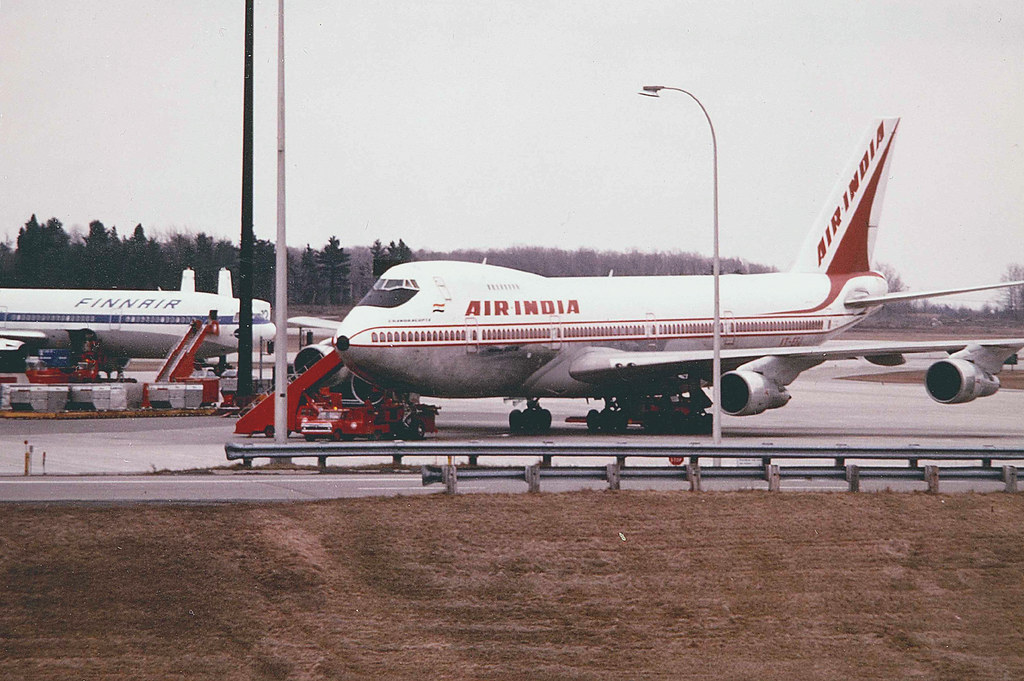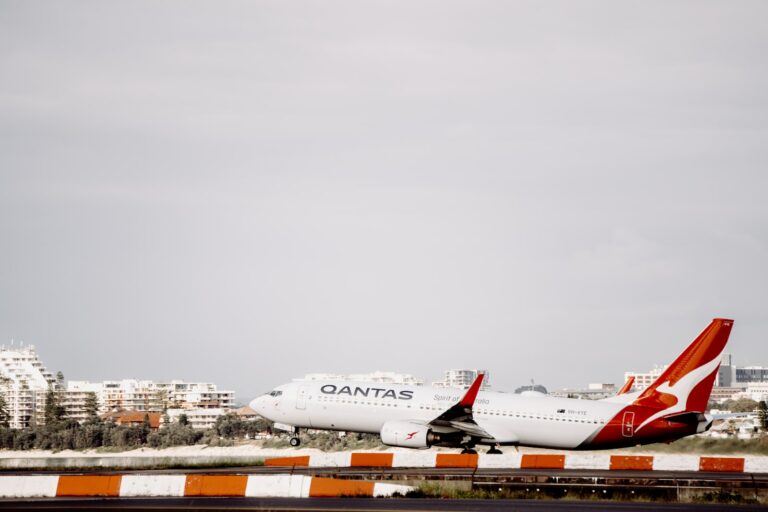We bring the most interesting, fun, profound, and incredible news from the aviation world!
Share your thoughts with us.
Date:18/02/2023
Qantas Hire Back!

Qantas Airways has seen its cabin crew numbers significantly diminished by the COVID-19 pandemic, but now it is inviting those furloughed to come back. The Australian airline is looking for experienced crew members to return and help keep their operations running smoothly.
The airline has announced that it will hold virtual recruitment sessions throughout Australia and New Zealand to fill the roles. Applicants must be over 18 years of age, have a valid passport, and have prior experience in hospitality or customer service.
Qantas is looking for people who are motivated and enthusiastic about providing excellence in customer service. They also need to work well as part of a team and have excellent communication, problem-solving and human relations skills.
Qantas offers competitive salary packages to those who join their cabin crew, comprehensive training programmes, access to staff discounts, and the opportunity to travel internationally.
If you’re interested in joining the Qantas team, applications for the virtual recruitment sessions can be made through the Qantas Careers website. However, you must complete an online application and upload your resume to be considered.
The opportunities at Qantas will provide an excellent chance for experienced cabin crew members to re-enter the workforce as travel gradually resumes worldwide. Don’t miss out on this exciting opportunity to join the team at Qantas Airways. Apply now and take your career to new heights!
Good luck!
Air India… The reborn?

Air India, the flagship carrier of India, has recently announced a historic deal with Boeing and Airbus to acquire 50 new planes. This is the most critical deal for Air India since its formation in 1932, with the company expecting to receive a total of 43 narrow-body and 7 wide-body aircraft by 2026.
This venture marks Air India’s foray into modern aviation, with most aircraft equipped with cutting-edge technology. The new airplanes will also help Air India strengthen its presence within the Indian market and better cater to regional needs across South Asia. In addition, these planes are expected to be used for domestic and international operations, providing passengers with greater connectivity and convenience.
The new fleet is expected to improve efficiency through enhanced fuel consumption, increased reliability and lower maintenance costs. This will result in more competitive pricing, proving beneficial for customers. In addition, Air India has promised that these planes will offer a higher standard of comfort and luxury compared to other carriers operating in the region.
This deal is likely to benefit both Air India and its customers. With the new fleet, Air India will gain a more significant share of the aviation market while customers can enjoy better service, more connections and cheaper fares. This is an important step forward in Air India’s long journey towards becoming one of the leading airlines in South Asia.
The delivery of the 50 planes is expected to begin in 2021 and continue until 2026, with the first batch delivered by mid-2021. The deal will also include comprehensive after-sales support for both parts for thirty years, ensuring that Air India remains a leader among South Asian carriers for many years. It marks an exciting time for passengers across South Asia as Air India promises to provide them with better and more affordable air travel.
This is a positive development for Air India as it continues to build its brand as one of the top aviation companies in the region. With this new fleet, Air India will be able to serve its customers better and continue to strengthen its presence in the global market. The future looks bright for Air India and all those who depend on it.
Left or right? Sidney or Sydney?

American Airlines recently had a significant blunder when a passenger from Sidney, Montana, was flown to Sydney, Australia, instead of the intended destination – a three-hour drive away.
The mix-up occurred on May 25, and the passenger in question was booked onto Flight AA97 from San Francisco to Bozeman, Montana. However, due to the blunder, he found himself on board Flight AA7 from San Francisco to Sydney.
The airline apologized for their mistake and offered the passenger a $1,000 travel voucher as compensation; they also arranged two hotel stays and two meals while he was in Australia at no additional cost to him.
The incident has sparked outrage online, with many people questioning how American Airlines could have made such an egregious error. The airline released a statement regretting its mistake and insisting that safety is always its highest priority. They said they would be conducting an internal review of the incident; however, no further information has been given by the company.
However, this isn’t the first time American Airlines has made mistakes of this magnitude; back in 2015, they mistakenly sent a woman from London to Jamaica instead of her intended destination of Miami. In 2018, another customer flew from Dallas to Munich instead of his planned flight from Dallas to Manchester in England.
It’s unclear what caused this particular instance – whether it was human error or entirely else. Still, safety protocols need to be put into place to prevent similar incidents from happening again in the future.
According to the aviation blog Runway Girl Network, American Airlines did not update its database with the correct airport code for Sidney when booking flights for this particular route. So both flights were booked under “SYD” instead of SID (Bozeman) and SYD (Sydney). This would have been a simple mistake but one that unfortunately led to disastrous consequences for one passenger who ended up thousands of miles away from where he wanted – or expected – to be going.
American Airlines will hopefully take steps for situations like these not to occur again; training staff on proper protocols for double-checking bookings is essential if airlines want customers to feel safe when travelling through them again. Furthermore, having other systems in place that can detect errors quickly before boarding would assure passengers that mistakes like this will not happen again.
